Written by Cheryl Low
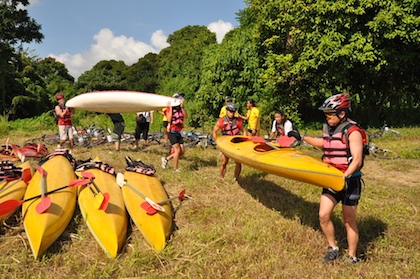
Kayaking is one of the disciplines of the SAFRA AVventura. (Photo courtesy of SAFRA)
The SAFRA AVventura 2012, scheduled for Sunday, January 15th, is just days away and for those new to adventure racing, we bring you a series of tips on some of the disciplines of this growing sport in Singapore. Our first and second articles were about trail biking and sport climbing. We now look at kayaking.
Mounting & Dismounting
It is all too often that paddlers hastily step into their kayaks during a race and flip over. It is important to stabilise yourself and your kayak before mounting.
If you are launching from a platform, first place your paddle within reach on the platform so that both your hands are free to support yourself and stabilise the kayak. Hold the kayak with one hand while supporting yourself with the other placed on the platform.
Once the first person is in, stabilise the kayak by holding on to the platform while your partner gets in. If you are launching or exiting from a natural opening, always use your paddle to gauge the depth of the water before jumping in. Sometimes it may be faster to mount the kayak while it is still at the edge of the water and push yourself off if the water is deep.
Find Your Rhythm
If you are kayaking with a partner, it is crucial that you synchronise your rhythm and paddle in cadence for maximum efficiency. Having your paddles bang into each other on race day is not going to help your momentum.
That is why it is so important to train together before the race. Communication is key. If your partner is paddling too fast, slow or irregularly for you to keep in tandem, be sure to tell him or her. It always helps to count out aloud if you have problems synchronising your strokes.
Use Your Core
Using the correct stroke will help you move faster and paddle for a longer time. Some paddlers tend to use the pure strength of their arms to pull the blade through the water. This method may generate speed for a while but will only tire out their arms in no time.
A powerful stroke begins with a strong torso rotation and uses your shoulder and back to power the stroke. When you paddle correctly, your core and your legs will be pushing your kayak forward.
Relax Your Grip
New paddlers tend to grip their paddle shaft too tightly as they are afraid that they might lose their paddle. This causes excessive strain on the wrist and quicken fatigue.
When you relax your wrist and your grip, you will realise that your motion becomes more fluid, allowing you to minimise the time between your paddle strokes with less effort and without unnecessary strain on your forearms.
As one end of the paddle comes out of the water, the other end should already be extended outwards, ready to enter the water.

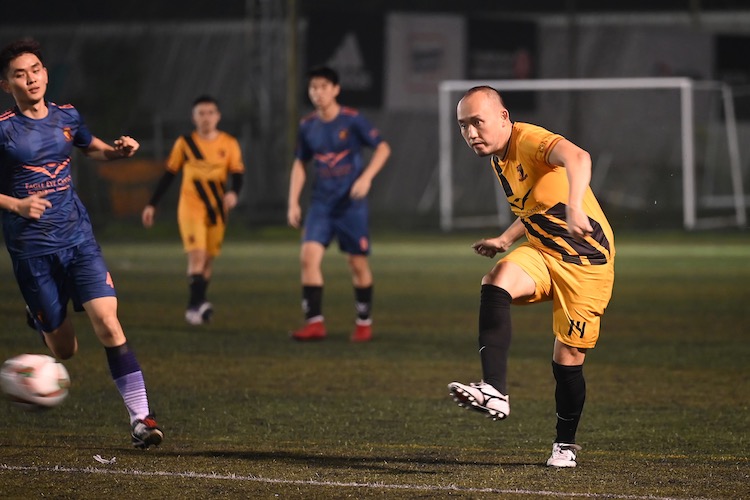
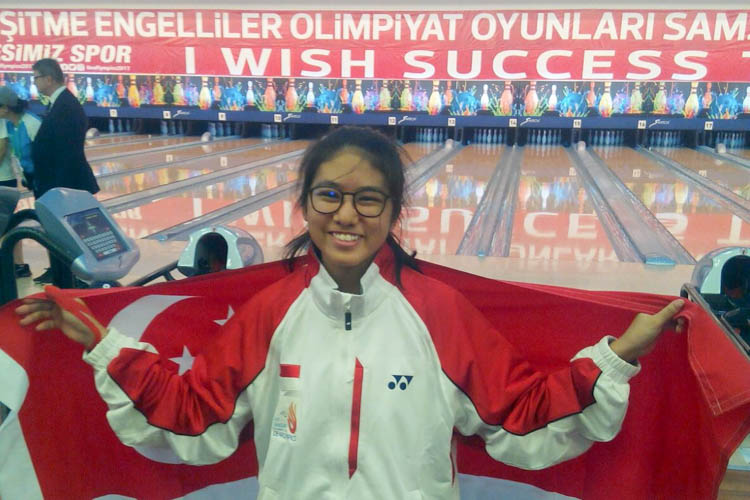
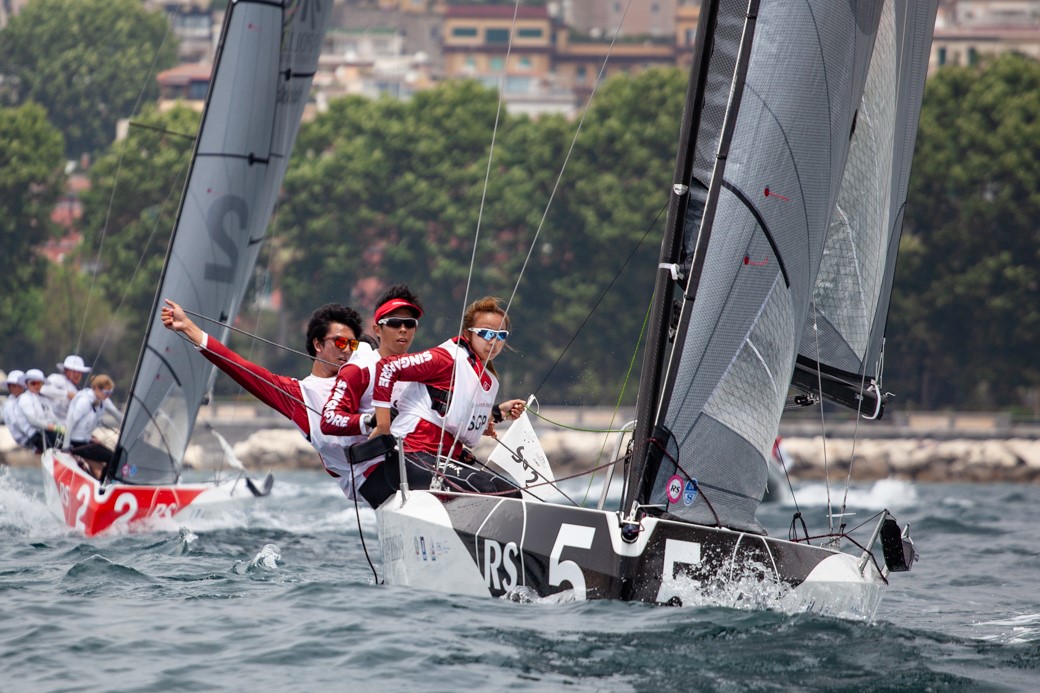
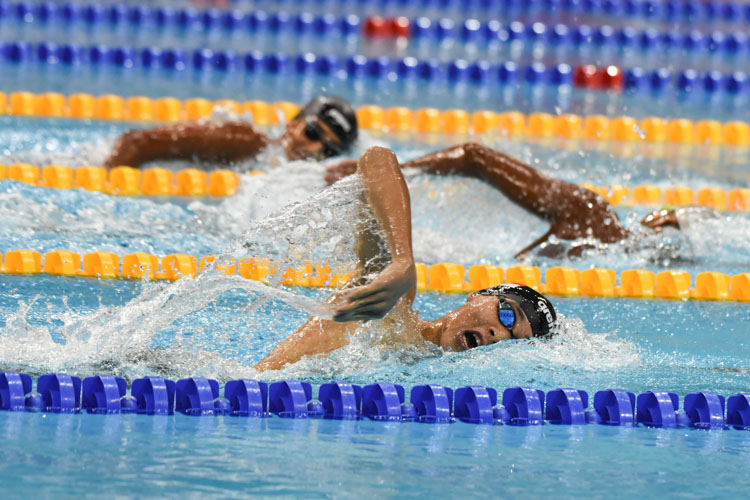
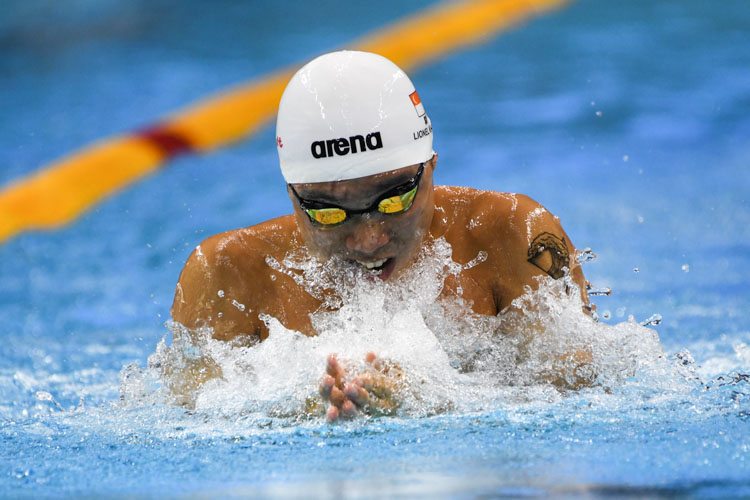

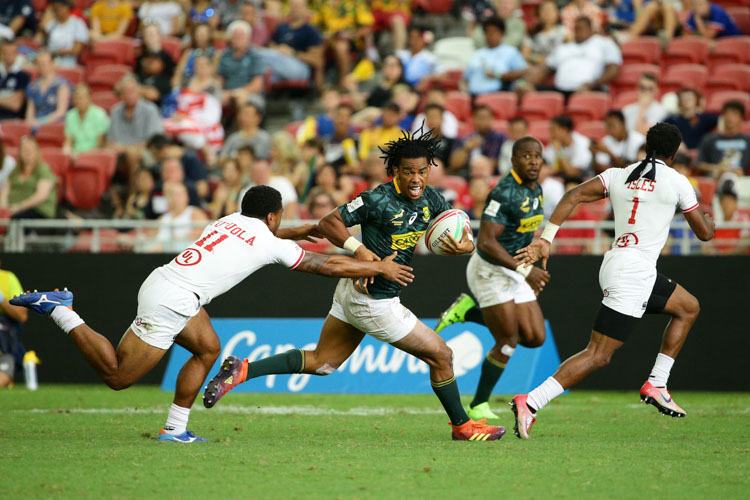
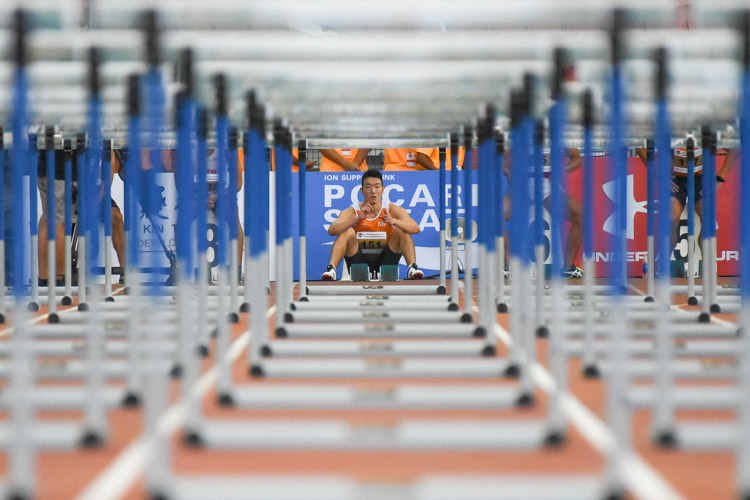
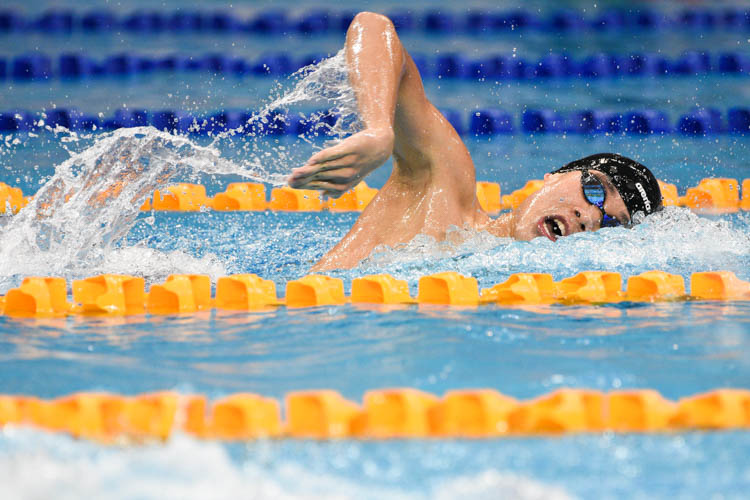
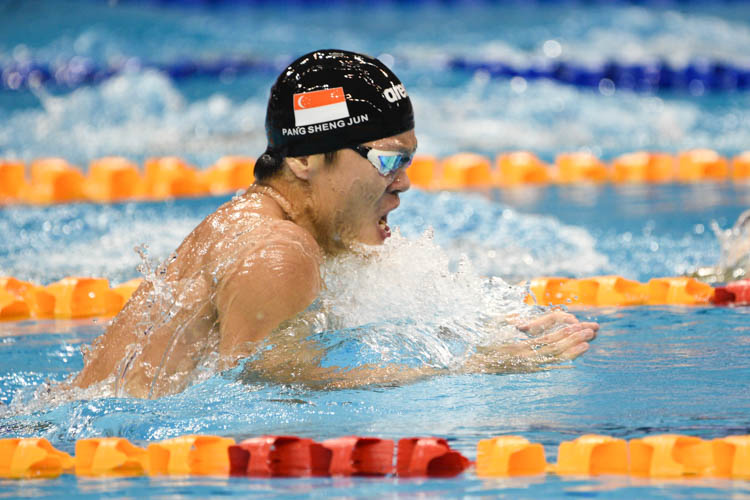
Leave A Comment